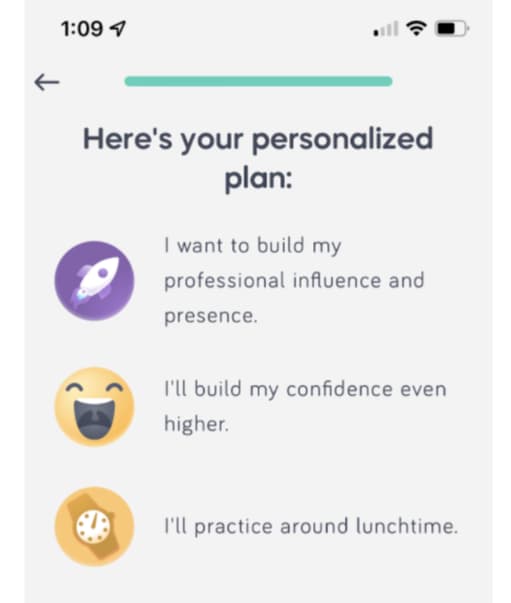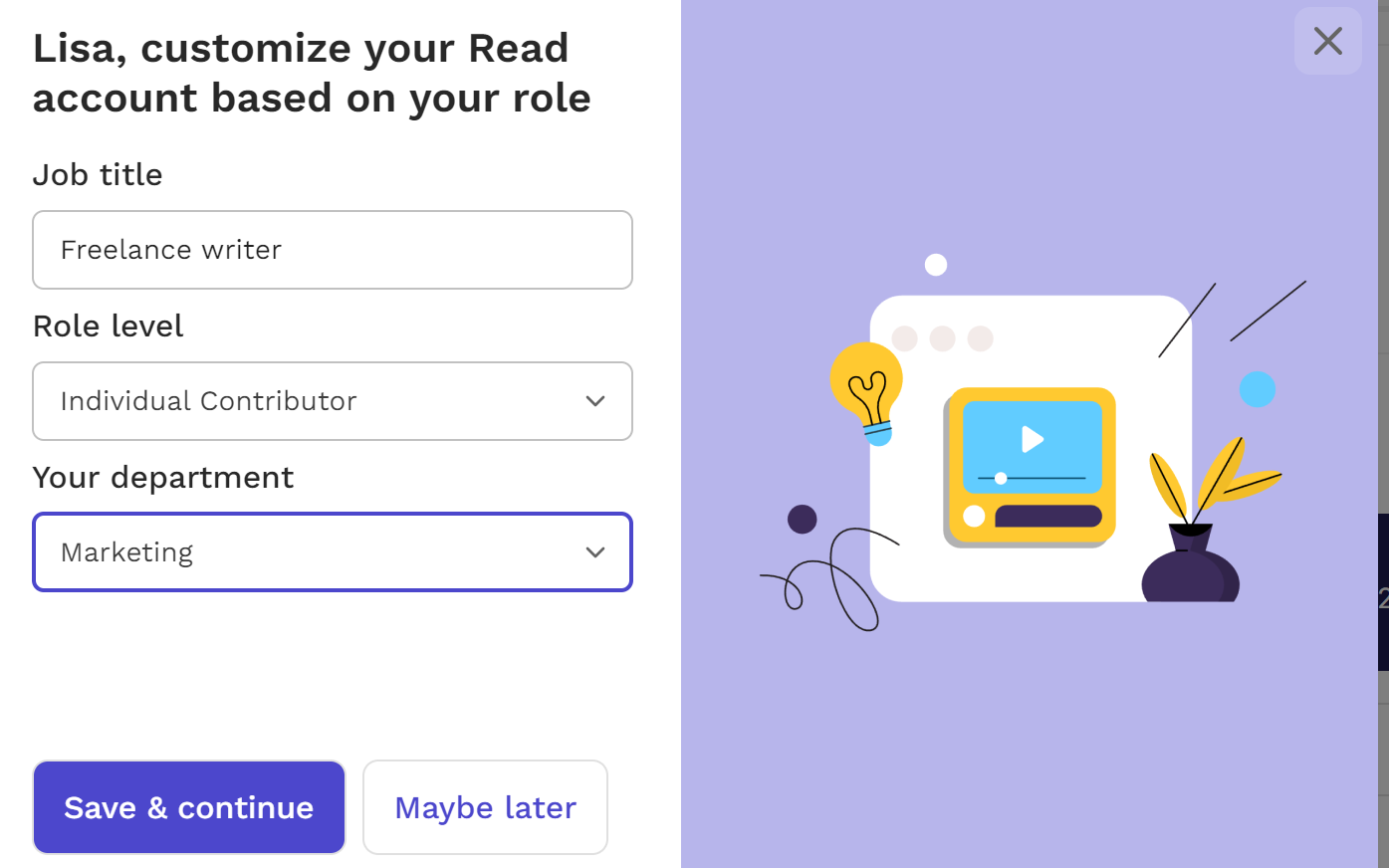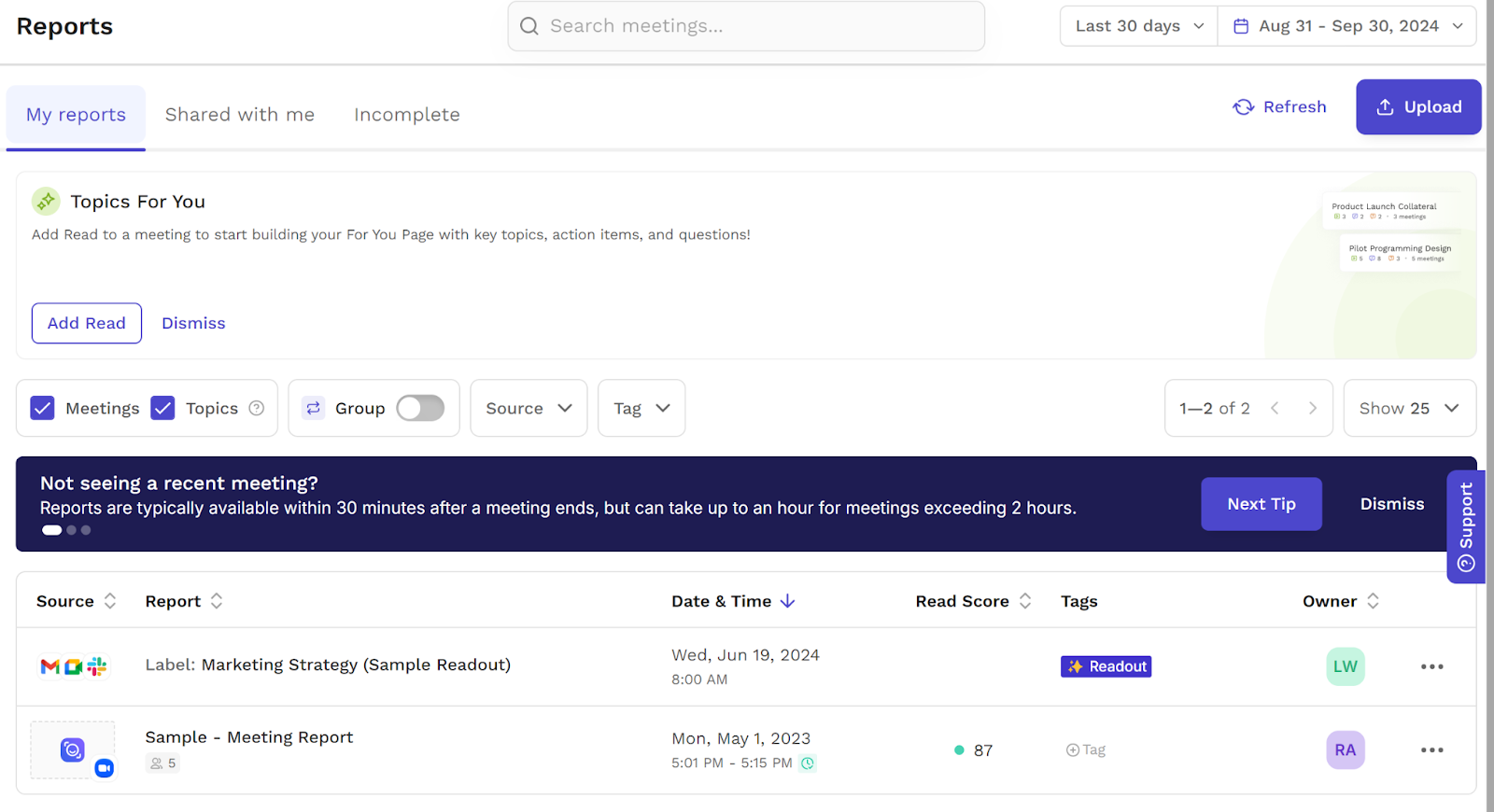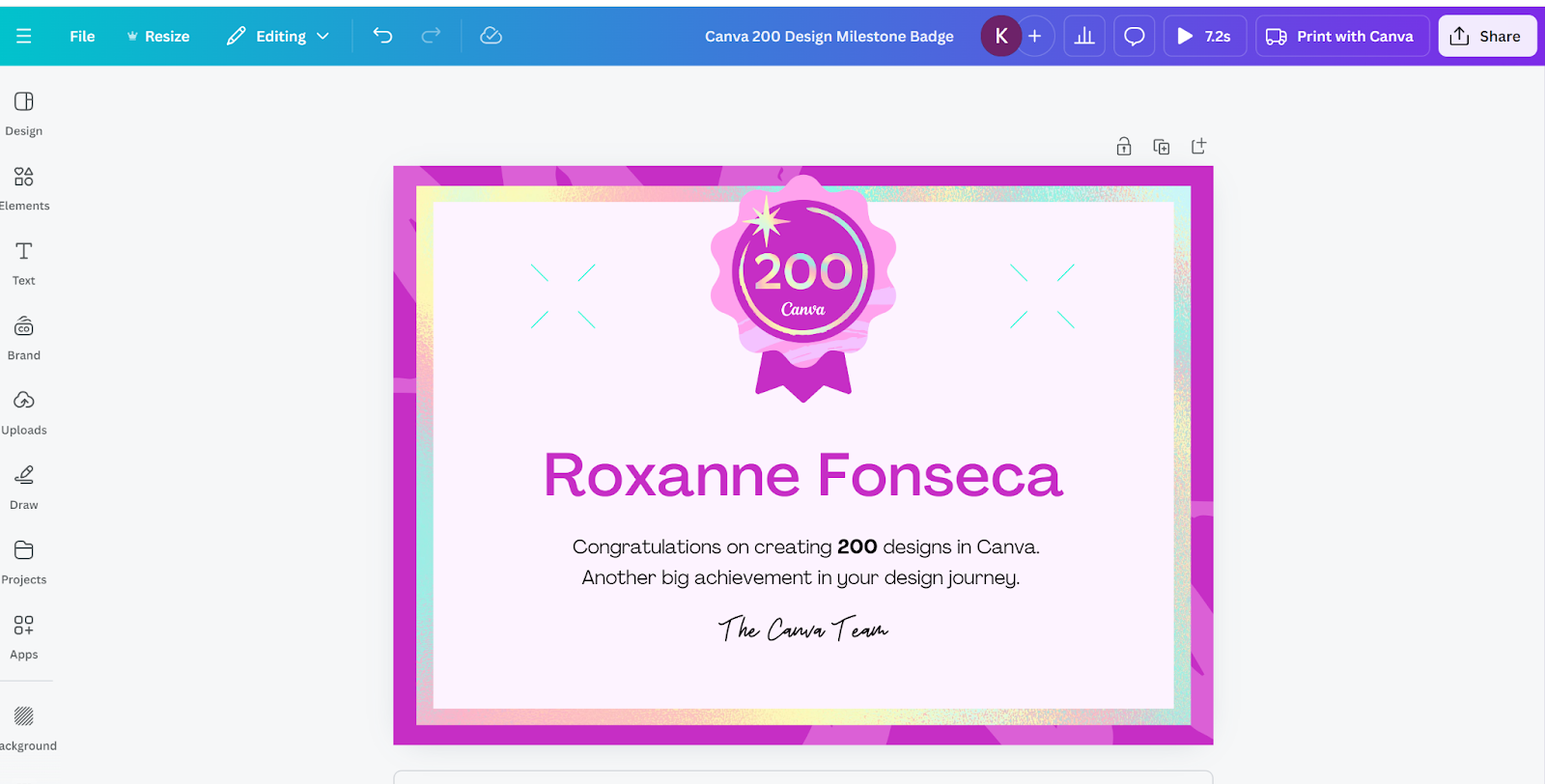Ways to personalize: product-usage-based, goal-based, attribute-based

.png)

.png)
Is personalizing a product experience for your users a nice-to-have or a must-do?
For those who build products, the answer is clear. More than 67% of respondents in a Forester survey reported that personalization efforts helped them exceed revenue targets, customer experience measures, and conversion rates.
Here’s the thing. You need data to get started. But what types of data matter most for in-app personalization, and how do you harvest it?
This article will detail how three types of user data and personalization can positively impact user experience and your company’s bottom line. You’ll learn from real-world SaaS examples, hear from product experts about personalization, and discover our favorite user data source.
Let’s dive in.
In-app personalization is the process of sourcing and leveraging user data to customize and enhance the in-app user experience.
Unlike marketing personalization, which uses data to attract and nurture potential customers in out-of-app environments, in-app personalization uses data to improve the user’s experience with your product.
Companies using consumer data to create personalized workflows and messaging can reap significant benefits, like increased product usage, faster user time to value, and smoother onboarding and adoption.
There are three commonly used data sources that provide distinct in-app personalization. Let’s explore each source and see how to use them to provide a great user experience.
Jumping into a product for the first can be overwhelming. As a new user, you’re likely testing out a product with a specific use case in mind. But many products, especially feature-rich ones, can feel like a minefield of options for new users.
This is where personalization can be so impactful. Great product onboarding experiences should feel like, as Sleepscore Labs Head of Product Umashankar Shivanand puts it, they were “designed just for you.”
Creating this level of personalization requires goal-based, attribute-based, or product-usage data as a guide (or GAP, as we’re calling it.)
By tapping into one or more of these data types, you can create personalized in-app experiences that resonate with users.
Let’s break these three sources of data down further.
Why have users signed up for your product? What goals do they hope to achieve by using it?
Luckily, there’s no need to guess these answers. You can gather goal-based information from multiple inputs: marketing surveys, sales discovery notes, win-loss interviews, or onboarding questionnaires. When a new user signs up for your product, providing them with a survey that clarifies how they plan to use it can help you direct them to the most useful features first.
The nature of your product will dictate the features and tools you highlight for distinct user personas. But here are a few high-level examples:
The bottom line? By deeply understanding your users' specific goals tied to their team's objectives, you can create a more tailored and practical in-app experience.
"Understanding what the user aims to achieve with the product and their primary pain points are the 2 most important things to know in order to effectively personalize the onboarding experience and expedite the journey to the "Aha!" moment." —Head of Product Umashankar Shivanand
By identifying and segmenting users, you can create an even more personalized experience for users seeking the same outcomes with your product.
Product teams can, for instance, separate trial users from paying customers. These two user segments might both be interested in better collaboration. But they’ll have different onboarding goals. Your in-app messaging here should be specific to what each segment hopes to get from the onboarding experience.
Trial users want a taste of what the product can do in (typically) 30 days or fewer. To keep trialers engaged during this time, build an in-app onboarding experience that:
To increase conversion rates of trialers, consider adding onboarding content that:
Paying customers are also anxious to get started but are less time-boxed than trialers. So, make sure the walkthrough:

Goal-based personalization broken down by segments helps ensure that users quickly start seeing value in your product by aligning your features and guidance with their specific objectives.
Another option to personalize a customer’s experience is to align it with attribute-based data.
Think of attribute-based data as user data (job title, experience level, browser, device) or firmographic data (company size, industry, location).
A short signup or onboarding questionnaire can gather attribute-based data your software can’t otherwise capture. CRM systems, user profiles, or third-party integrations can also supply attribute-based data.
Job function is a popular attribute used in personalization. Product management tools often personalize with job function because while many teams in an organization might use the same project management tool, each team tends to use it in its own way.
So, an engineer can log into the tool for the first time and see a dashboard tailored to their daily project management work. They'll also be informed of engineering-focused templates (e.g., sprint planning, bug tracking).
A marketer can log into the same tool and see a marketing-focused dashboard. They’ll be told about marketing template possibilities, such as launch planning or an editorial calendar.
These personalized product tours address the “What’s In It for Me” for engineers and marketers, which can lead to increased product adoption from both segments.
As users spend more time with your product, you can deliver personalized content based on product usage data. This is the most impactful data type, as it’s based on in-app behavior and can be combined with goal- or attribute-based data to create powerful in-app experiences at key milestones of the user value journey.
Product-usage-based data includes:
Say a user’s goal is to increase productivity. Is the user active but has yet to explore the optimal productivity features? Set up in-app reminders about shortcuts, automations, and best practices to optimize their workflow.
Has the user already taken advantage of those productivity features? Then, mention how your product’s integrations with other SaaS tools can help bring their productivity to a higher plane.
If your target audience is receptive to gamification (there’s data to suggest we all are), then send in-app congratulatory messages when users reach a significant milestone. Consider images created, tasks completed, or hours saved using your product.
Want to see real-world examples of personalization? These three SaaS businesses use data to deliver customized user experiences that boost product adoption and customer satisfaction.
Speeko, an AI public speaking coach app, takes new users’ goals to provide users insight into their upcoming product experience.
Its onboarding asks new users questions about their goals, current public speaking abilities, and preferred time to practice. After users answer the final question, Speeko provides them with an instant, personalized action plan.

With this sequence, Speeko tells users, “We hear you. We’ll adjust the functionality of our app so you reach your goals.” So, before users start their coaching, they’re reassured that the app has their best interests at heart.
In its onboarding, Read, an automated meeting report maker, gives new users a product experience specific to their role and department.

In the above image, you’ll see that “Marketing” has been selected. Once that user clicks “Save & continue,” they’ll see a sample readout of a marketing strategy meeting.

This personalization gives the user a more relevant understanding of how the tool will work for them.
he visual creation platform Canva uses product usage data to award users for the number of designs they’ve created.
When users hit a particular design milestone, they receive an in-app notification. They’re then taken to a milestone badge where they can add their name and share it with others.

When users share this data-usage-based badge with others, they demonstrate customer loyalty and provide user-generated content for the Canva marketing team to repurpose or engage with.
These three examples focus on individual user goals, attributes, and product behaviors, highlighting how data-based personalization can create a more engaging and relevant user experience.
In-app personalization is a useful method for taking data you already have to create engaging, relevant experiences for your users. These experiences resonate with your users and drive increased adoption, engagement, and loyalty.
Has this post encouraged you to explore in-app personalization a bit more? Yay! We invite you to explore the personalization resources on our blog and Product Adoption Academy courses. There, you’ll find even more tips and examples of SaaS companies that succeeded in personalizing in-app experiences.